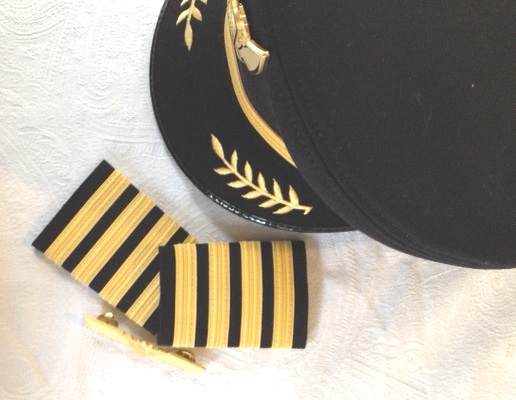Does It Really Matter?
by jeff edwards
 There have been a few recent incidents prompting the question of who was pilot in command (PIC). In the first, an owner/pilot flying with a friend—also a pilot—experienced a landing gear malfunction resulting in a gear up landing at a towered airport. Emergency responders dashed to the scene as the aircraft landed on its belly. Thankfully, there were no injuries, and the property damage was minimal. Of course, an FAA inspector arrived on scene to examine the aircraft and question the pilots. Since the owner/pilot did not have a current medical or flight review, he asked his friend who had been sitting in the right seat to lie and claim to be PIC. Of course, lying to federal officials can get you into hot water quickly; I don’t think they are friends any longer.
There have been a few recent incidents prompting the question of who was pilot in command (PIC). In the first, an owner/pilot flying with a friend—also a pilot—experienced a landing gear malfunction resulting in a gear up landing at a towered airport. Emergency responders dashed to the scene as the aircraft landed on its belly. Thankfully, there were no injuries, and the property damage was minimal. Of course, an FAA inspector arrived on scene to examine the aircraft and question the pilots. Since the owner/pilot did not have a current medical or flight review, he asked his friend who had been sitting in the right seat to lie and claim to be PIC. Of course, lying to federal officials can get you into hot water quickly; I don’t think they are friends any longer.
Preflight Coordination
It’s very likely that the two pilots did not discuss who would be PIC prior to flight. They likely assumed, as is often the case for GA, that (1) nothing would happen on that flight, or (2) that the pilot in the left seat (the owner) was PIC. Do the regulations require a PIC? Strangely, no, there is no regulation requiring a PIC under Part 91. Although 91.3 describes responsibilities for the PIC, it does not require one to be onboard for a Part 91 flight. I bet you could win a few beers on a bar bet at AirVenture with that bit of trivia.
Although Part 91 lists no requirement for PIC, there is a requirement under Part 135.109, which states:
(a) Each certificate holder shall designate a—
(1) Pilot in command for each flight; and
(2) Second in command for each flight requiring two pilots.
(b) The pilot in command, as designated by the certificate holder, shall remain the pilot in command at all times during that flight.
Why It Matters
As an aircraft accident investigator involved in litigation, I frequently see situations where two or more pilots are aboard and their estates each claim the other pilot(s) are the PIC. One case had three pilots onboard. The sole survivor was severely injured and had no memory of the accident day. The estate of the pilot in the left seat claimed the other two were the PIC. Our client (in the right seat) had a CFI certificate, but no experience in the twin engine accident aircraft. The decedent pilot, who was sitting in a rear passenger seat, owned the aircraft, and had offered the left-seat pilot the opportunity to fly the short leg to their destination. The owner had very little time in the make and model, having just acquired the aircraft and a requisite multi-engine rating. The left-seat pilot was a very experienced corporate pilot who also had no experience in the make and model of the accident aircraft, but was going to ferry the aircraft the following day. A large part of the litigation turned on who was PIC.
In another case an owner/pilot and a flight instructor inadvertently clipped a TFR. They were met by Secret Service and FAA personnel after being escorted to a landing at a nearby airport. Of course, the FAA wanted to know who was PIC. The two gentlemen wisely agreed before the flight who would be PIC and they put that agreement in writing. The owner/pilot honorably stated that he was the pilot in command. In that case the FAA is likely to give the pilot remedial training in lieu of a certificate suspension or revocation. These days, the FAA addresses accidental and inadvertent rules violations with training addressing the situation that landed the pilot in hot water instead of the more traditional enforcement action. In this case, the pilot will likely receive a few hours of remedial training from a senior flight intstructor on NOTAMs, navigation, situational awareness, etc.
What will happen to the pilot in the first case? Intentional acts that violate the rules followed by an attempt to hide those violations from the FAA are not likely eligible for remedial training.
What Can You Do?
Years ago LOBO instituted a PIC statement for all of its instructors and students to execute before each flight to clarify the lines of responsibility. All pilots should consider the lessons of these three flights and execute a PIC statement during preflight when flying with other pilots.
For questions/comments on this post contact Jeff via email: j.edwards [at] lancairowners.com.
